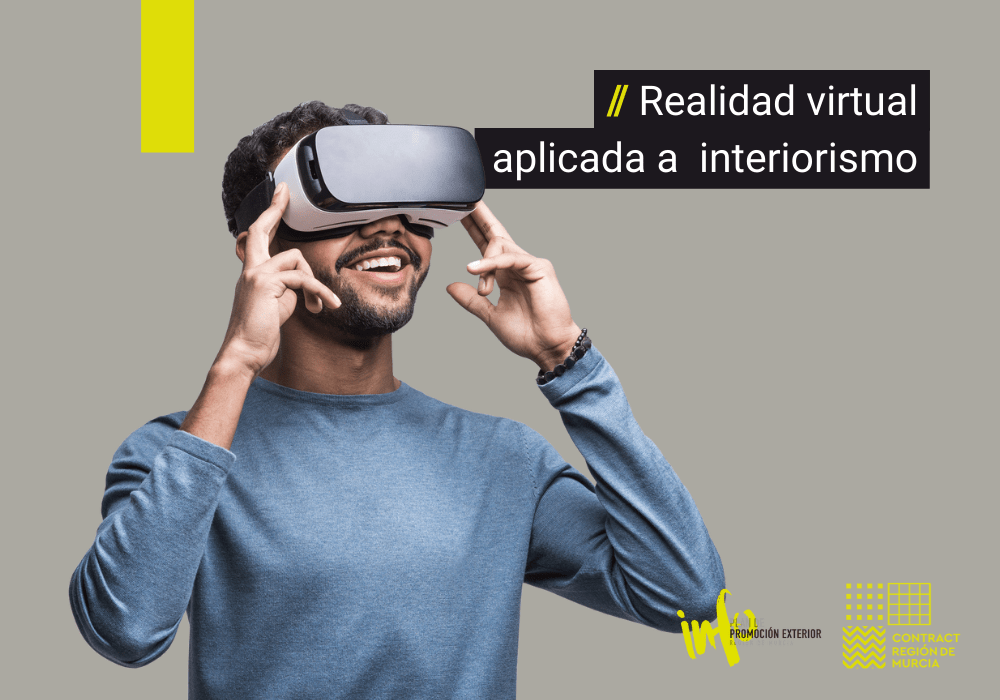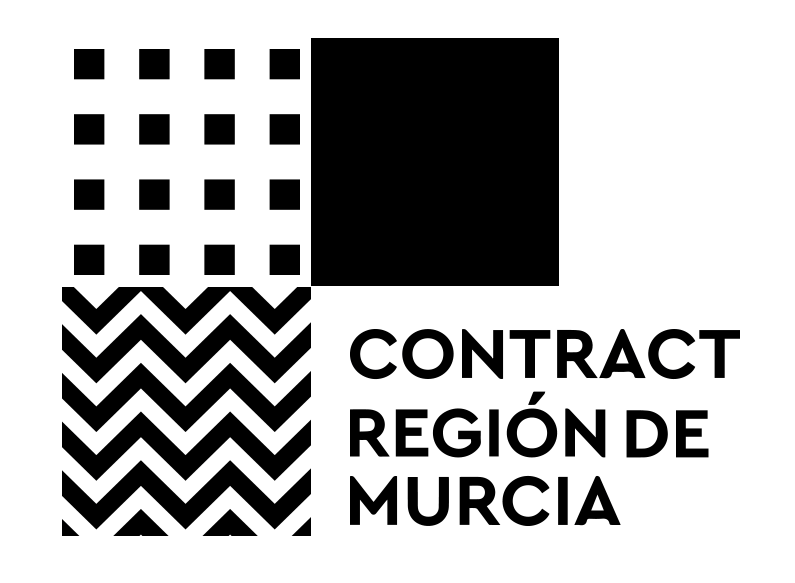
VIRTUAL REALITY APPLIED TO INTERIOR DESIGN
VIRTUAL REALITY APPLIED TO INTERIOR DESIGN
There is a way to show the customers the living space they have always dreamed of in detail through an immersive experience will make them feel as if they were already there. The answer is infographics or 3D rendering of interior design and virtual reality.
In this article we will discuss the importance of virtual reality applied to interior design, as well as the advantages and challenges that this technology represents for companies.
Virtual Reality is the logical evolution
Virtual Reality is already a reality in our society. Although there is still a long way to go, it is a tool that is increasingly present in the business world.
So far, renders have allowed us to simulate reality without having to create a whole environment with all the decoration, furniture, etc., and with the cost that this entails. Many of the design software available on the market also allow you to easily draw a scene with a catalogue of furniture textures and make a render that is recalculated from the software image with photorealistic quality. They have become so much better over the years, and now it is virtually impossible to distinguish a virtual photo from a real one.

Recreation of virtual spaces: environments and experiences
There is a belief that virtual reality is more suited to the entertainment and fast consumer sector because of the unique sensation of being teleported to impossible worlds: dungeons, meadows or haunted houses. Virtual Reality for interior design is emerging as a perfect solution for the recreation of controlled environments and experiences in order to promote a product or several of them.
Being able to transport buyers to environments they want is one of the many advantages of VR applied to business and specialised sectors such as interior design, architecture, ceramics, real estate, remodelings or even heavy industry.
By using a dynamic rendering instead of an image, the user is allowed to be inside the scene, to move, to have the highest texture quality, to see how the hours of the day pass by just by checking the luminosity as it would be in the project: with night, morning or midday light.

When using Virtual Reality for interior design you can choose from: Apps, programs and VR glasses.
Devices from HTC, Sony, Samsung, Google or Facebook are optimal for dedicated applications development. Whether you use a smartphone with simple Virtual Reality glasses or with an advanced headset, the interior design virtual reality experiences will convey emotions and take the user to unvisited places.
It is something that completely changes several sectors such as interior design, bathroom and kitchen remodelings or ceramics and marble: the customer has never been in that place (his house, his bedroom or his factory) in that way. This experience becomes the next step into the future. A future where the customer first lives virtually and ends up touching his dream made reality.
Advantages and challenges when using Virtual Reality

The main advantage, specially in the Contract Sector, is the possibility for a company to show its final user from thousands of kilometers away how their product would look in a certain space. Without the need to travel or having the user imagine how it would look on site.
It also improves the collaboration between companies as many of them can create the same environment combining their products and showing a complete and unified space.
The main challenge for this kind of technology is the creation of a 3D catalogue of products. It is no longer enough to have a good catalogue of printed or digital photos. Nowadays it is essential that all products are available in three dimensions with the measurements and materials used. Thus, when creating a virtual reality space, it will simply be necessary to place all these products without the need to create them from scratch or set up a physical space.
It is definitely the future since the Virtual Reality allows us to make live changes as well as to review a project anticipating future inconveniences and simplifying meetings.


